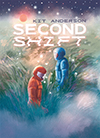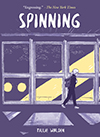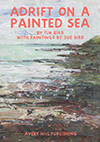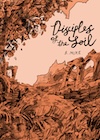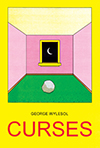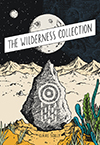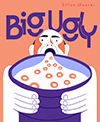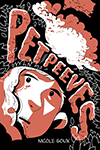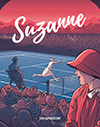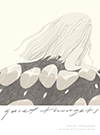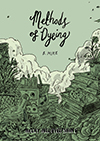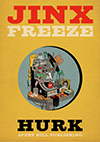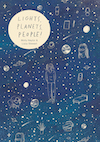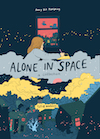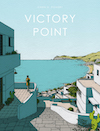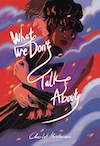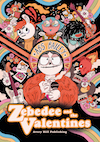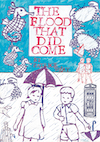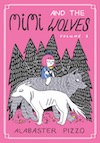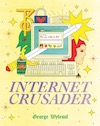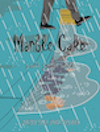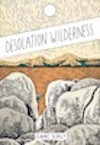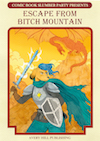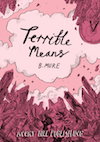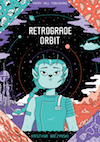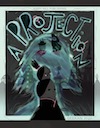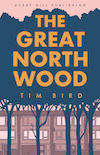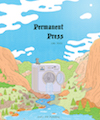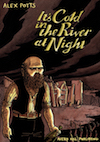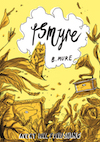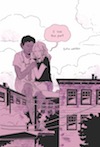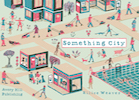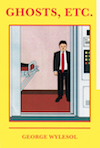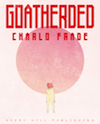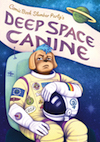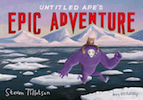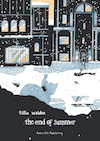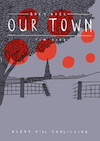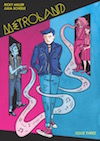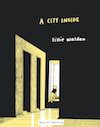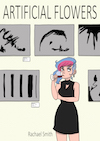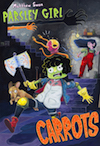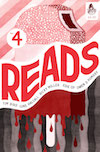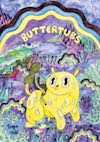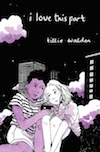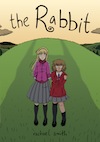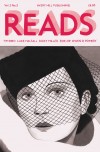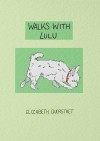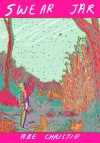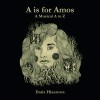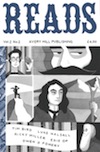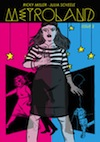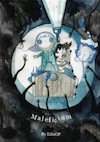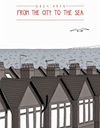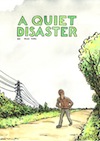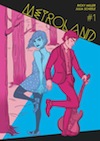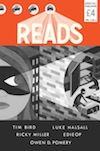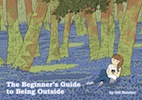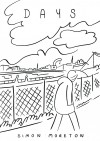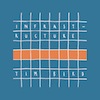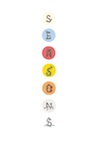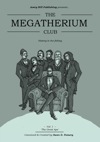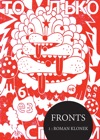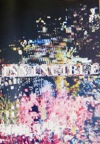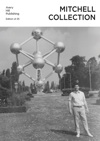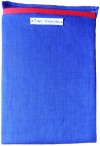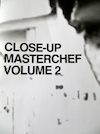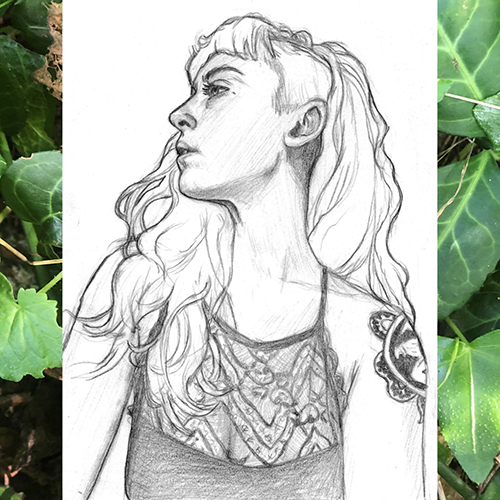Your journey to this completed Macbeth started quite a while ago, with Act 1, Scene 1 winning the Elsinore Award for Graphic Shakespeare in 2016, did that prize have an influence on your decision to keep going and create this book? Or was that the plan all along?
It was the hope, rather than the plan. I wouldn’t have started this project if I hadn’t seen the call for entries to the Graphic Shakespeare Competition, so I really credit them with the inspiration to start working on it. Actually winning the award kept hope kindled; someone out there thought my interpretation of Macbeth was a good idea. But, everything in it’s time. I had to do a lot of living and growing and creating before there was actually an opportunity (thank you Avery Hill!) to dedicate myself to finishing the project.
And what was it that made you choose Macbeth itself? Were there any other pieces of Shakespeare’s work that were in the running?
Macbeth has all the best things – witches, tyrants getting their just desserts, Scotland. I started it while living in Germany and missing Scotland very much. Since moving back to America the yearning has only gotten worse, so spending time with Macbeth has meant spending time with Scottish landscapes and art history. But also, growing up I was obsessed with Shakespeare; when I was 12 I played in a school production of A Midsummer Night’s Dream and that was it, sold. I joined in abridged productions of Shakespeare plays once or twice a year. But I never got to play my favorite character, Lady Macbeth, before giving up acting to go to art school. So, I took the opportunity to cast myself in my dream role and act her out on the page, if not the stage.
Tackling an adaptation of such a notable piece of literature is no mean feat, where did you begin?
I tried to treat it like any other comic script; it’s already a script, it just needed page breaks so I put those in first. Then made some decisions about the “rules” the visuals would follow – historically accurate to the actual reign of Macbeth from 1040-1057 OR historically accurate to the year of the play’s first production in 1606? I went with 11th century Macbeth, so that dictated costumes, weapons, and architecture. I basically tried to work big-to-small when it came to making decisions.
Which part of the entire process did you enjoy the most?
The deep dives into medieval art. I’ve always loved it, but I grew a new appreciation for its drama and stylization. Also for the repeated use of sequential art; illuminated manuscripts are just comics before the printing press.
Your art style is beautifully detailed, what tools did you use?
I use a lot of different materials, whatever’s available, really. There’s watercolors and brush pens and fineline pens. There’s also $1 a pack markers and Crayola crayons and variety packs of sequins and actual leaves. My most used tools are a mechanical pencil and a scalpel and my hands to just rip things up and re-glue them. I try to let the content of the text dictate the materials and tools.
Did you learn anything from making this book?
It definitely deepened my understanding of the play, that’s for sure. I learned about how it can viewed as a piece of propaganda for the brand new and shaky reign of James VI of Scotland and I of England; there are references to the storied line of Scottish kings that start with Banquo’s heir and end with James himself. I very much got the “I’m not like other Scots” vibe from this play in it’s references to James.

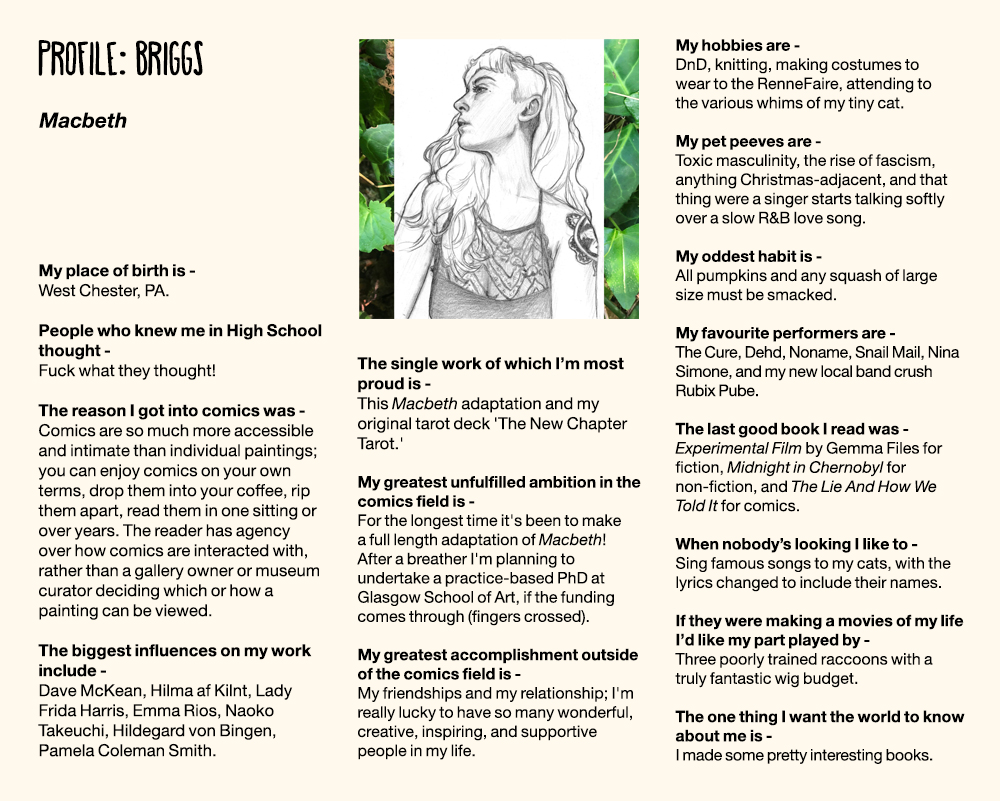
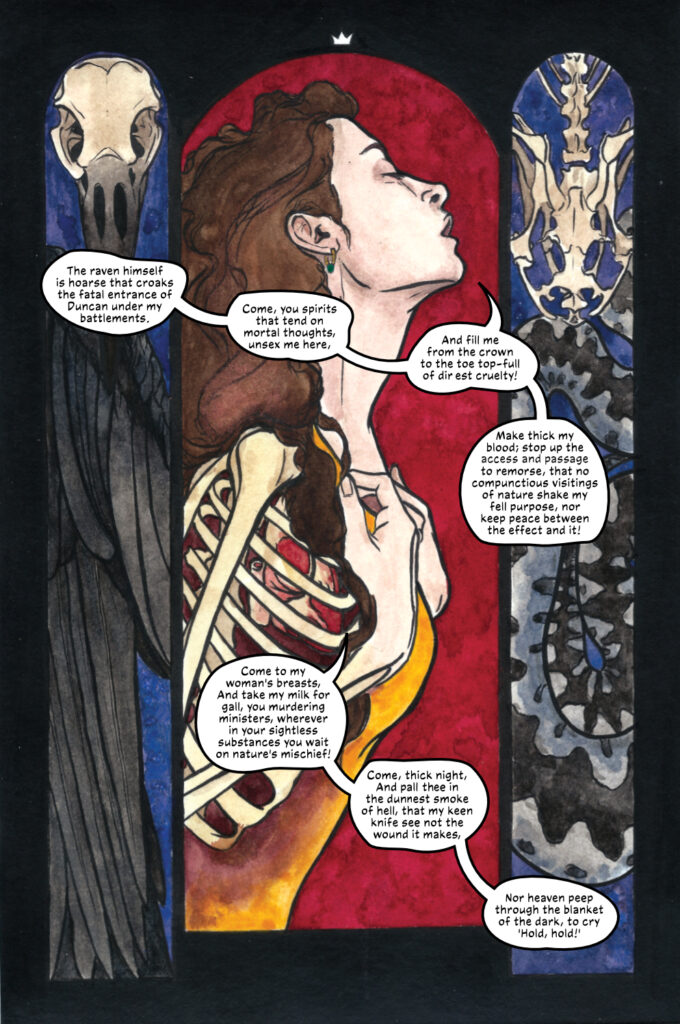

Back Macbeth here: https://www.kickstarter.com/projects/averyhillpublishing/avery-hill-publishing-spring-2023-line

